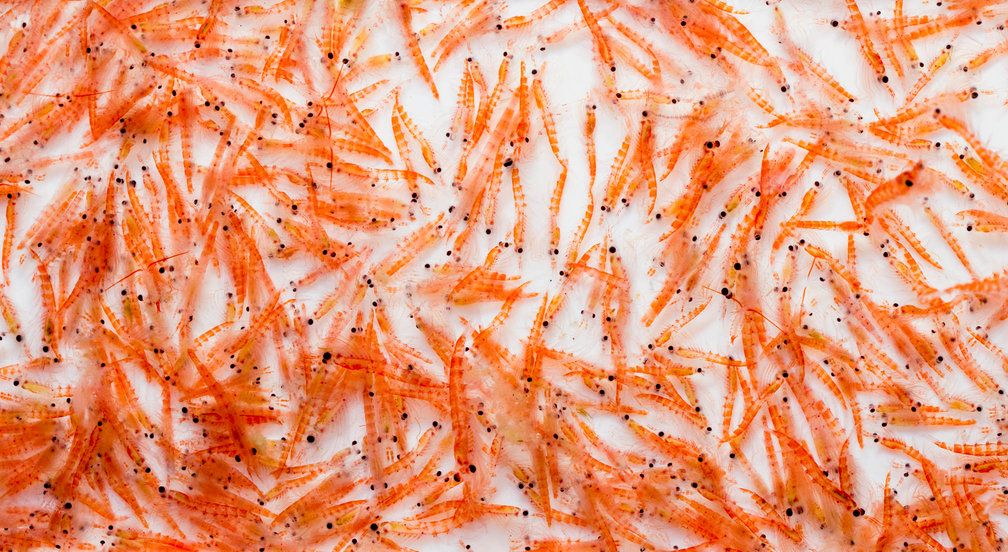Aker BioMarine Commits to Krill Sustainability
The Antarctic Wildlife Research Fund is ready to accept project proposals after a big financial commitment from Aker BioMarine.

The Antarctic Wildlife Research Fund (AWR) may have just launched in January, but it’s already off to a strong start thanks to a hefty inaugural commitment from Aker BioMarine (Oslo, Norway). On February 24, the krill ingredients supplier announced a financial commitment of $500,000 to AWR, which will fund research relating to krill and its role in the Antarctic ecosystem.
At the Sustainable Harmony seminar at Natural Products Expo West on March 6, AWR Scientific Advisor Rodolfo Werner, PhD, described the purpose of the fund. He sees AWR as an opportunity for companies, environmental groups, and scientists to come together and learn more about the way krill impacts the rest of the Antarctic ecosystem, and to ensure krill harvesting is done sustainably.
“The primary goal is to contribute new research to CCAMLR to aid the development of an eco-system based research management system,” said Werner, referring to the Commission for the Conservation of Antarctic Marine Living Resources (CCAMLR) that has worked to protect wildlife in the Southern Ocean since 1982. He added that as new research becomes available, “that information should allow the convention to change the management in a very dynamic way.”
AWR was established in January by the Antarctic and Southern Ocean Coalition, the World Wide Fund for Wildlife (WWF-Norway), and AkerBioMarine. During the Sustainable Harmony seminar, Werner gave a nod to the commitment from Aker BioMarine several times.
“This new organization that is built on money from the industry-and we have to thank Aker BioMarine for contributing the first $500,000 for this organization-is an organization that is mainly created to support research that is needed for the CCAMLR convention,” said Werner.
Supporting AWR is a priority for Aker BioMarine because more research means a better understanding of the krill stock, the related ecosystem, and the most sustainable fishing practices, according to Sigve Nordrum, sustainability director, Aker BioMarine.
“The Antarctic Wildlife Research Fund is an integral part of how we at Aker BioMarine fulfill our commitment to bring responsibly-fished krill to consumers worldwide,” said Nordrum in a press release. “Harvested in pristine Antarctic waters, krill is nature’s purest source of omega-3 and awareness of the health benefits is rapidly increasing. The growing popularity of the products requires that scientists, NGOs, and producers team up to ensure that fisheries are sustainable and that Antarctic wildlife continues to thrive.”
Nordrum says Aker BioMarine caught approximately 155,000 tons of krill last year. This is out of the roughly 213,000 krill caught in the entire fishery, according to Werner. Yet, although the volume of krill caught each year has increased over the last decade, it’s nowhere near the more than 500,000 tons of krill being harvested some years during the 1980s.
Also in Werner’s presentation, he explained that the first call for project proposals will be open as of March 16. AWR is envisioning a $300,000 allocation for this first call of proposals, said Werner.
Michael Crane
Associate Editor
Nutritional Outlook magazine
michael.crane@ubm.com
Photo © iStockphoto.com/Tenedos